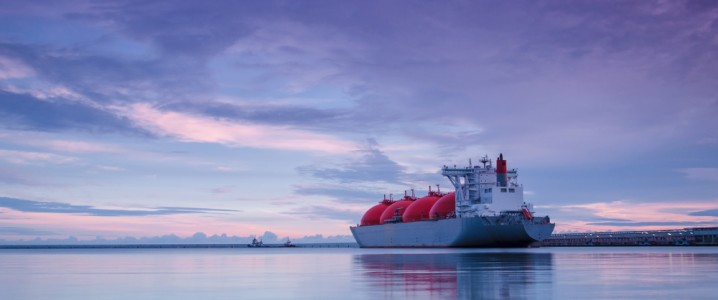
A “wave” of new liquefied natural gas production capacity set to come on stream this year and in 2026 will transform the global market into one dictated by buyers, the head of the International Energy Agency, Fatih Birol, said today.
New LNG production will lead to lower prices, Birol said, as quoted by Reuters, and that would benefit large LNG importers in Asia.
To be fair, Asian LNG importers would not be the only ones that stand to benefit from lower LNG prices—Europe has become one of the largest importers of the commodity to replace Russian pipeline flows that it has shunned, and would welcome lower prices.
There is, however, one element of the LNG market that the IEA’s secretary general may have omitted, and this is the producers’ response to lower prices. Should these go too low, producers would start curbing production in the same way that oil producers tend to rein in output when prices fall below a certain point they cannot afford.
For now, demand for liquefied gas remains rather robust, even at current prices. The as Exporting Countries Forum reported this month that global exports of the superchilled fuel had hit an all-time high in September, at 34.59 million tons, representing a 3.7% annual increase thanks to a surge in buying from Europe, which is filling its storage caverns ahead of winter heating season. European LNG imports soared by 40% in September.
The U.S. Energy Information Administration earlier this month forecast that LNG capacity in North America alone could surge by more than 100% between now and 2029, to a total of 20 billion cubic feet daily, from 14 billion cubic feet daily at the moment. The continent is set to drive the global expansion in LNG capacity over the medium term.
Source: By Irina Slav from Oilprice.com
